NASA has just released various new images detailing the two different — and very large — asteroids that flew close to Earth last week.
These images will further help NASA study near-Earth objects (NEOs), especially as these photos have already revealed interesting information about the two space rocks that could have been a hazard to the planet.
Two Asteroids Fly By

Last week, two different asteroids flew by the Earth and were close enough to be deemed “potentially hazardous”.
These two rocks — 2024 MK and 2011 UL21 — weren’t actually incredibly close to the planet. However, they were close enough that NASA announced they would be considered NEOs.
Huge Asteroids

Both asteroids that flew by Earth last week were said to be incredibly big. If they had been knocked off course by another object in space, they could have been severely destructive if they had hit Earth.
Though these asteroids were quite big, they weren’t very bright, and they were very far away from the planet. So, the photos aren’t as clear as scientists may hope.
A Large Distance From Earth
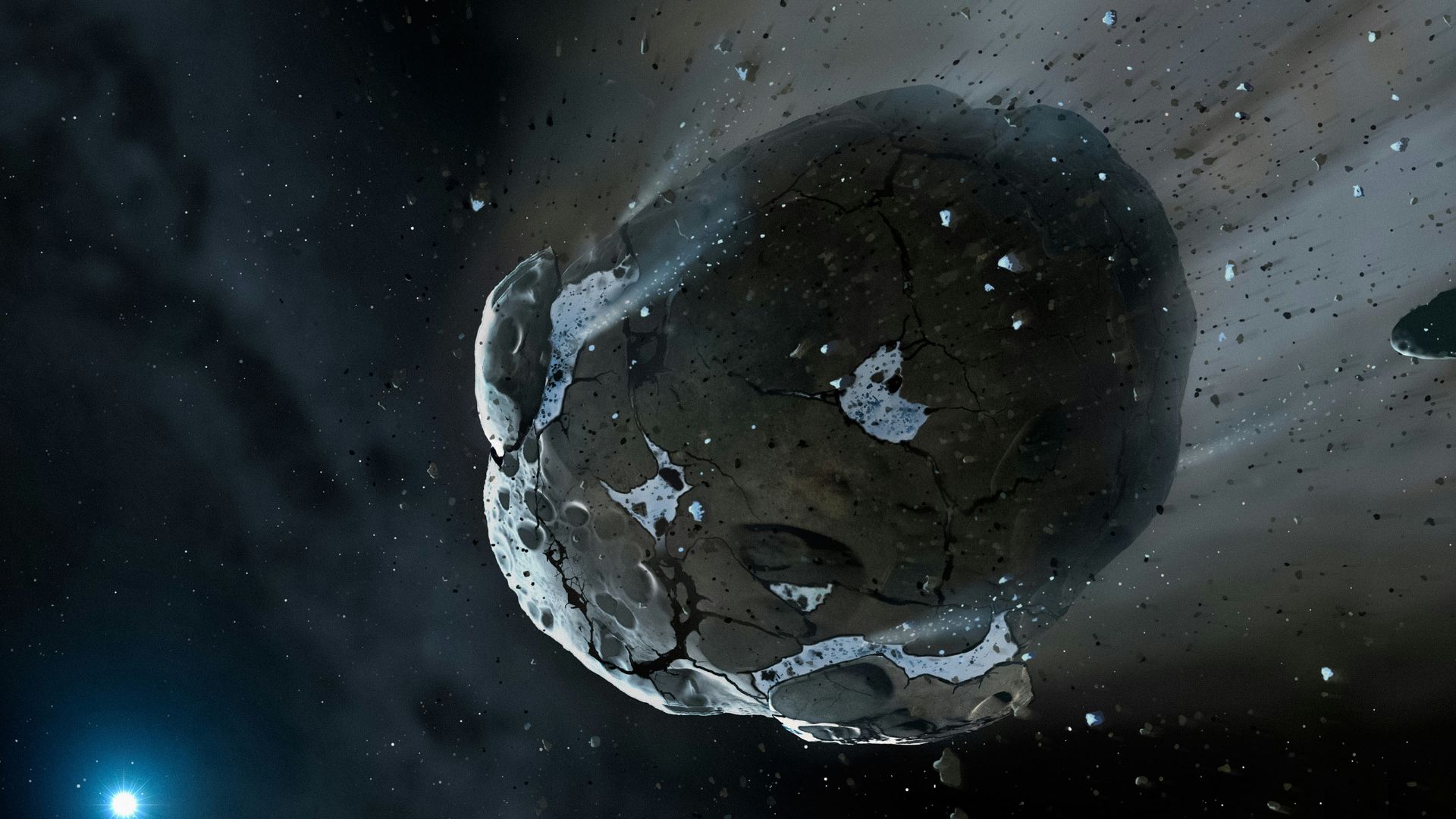
Even though many space agencies such as NASA had deemed these two space rocks as potentially hazardous, thanks to their closeness, they were quite a ways away from Earth.
2011 UL21 was about 4.1 million miles away from Earth when it flew past on June 27. Meanwhile, 2024 MK passed by the planet on June 29 and was only about 184,000 miles — much closer than 2011 UL21.
Imaging the Asteroids
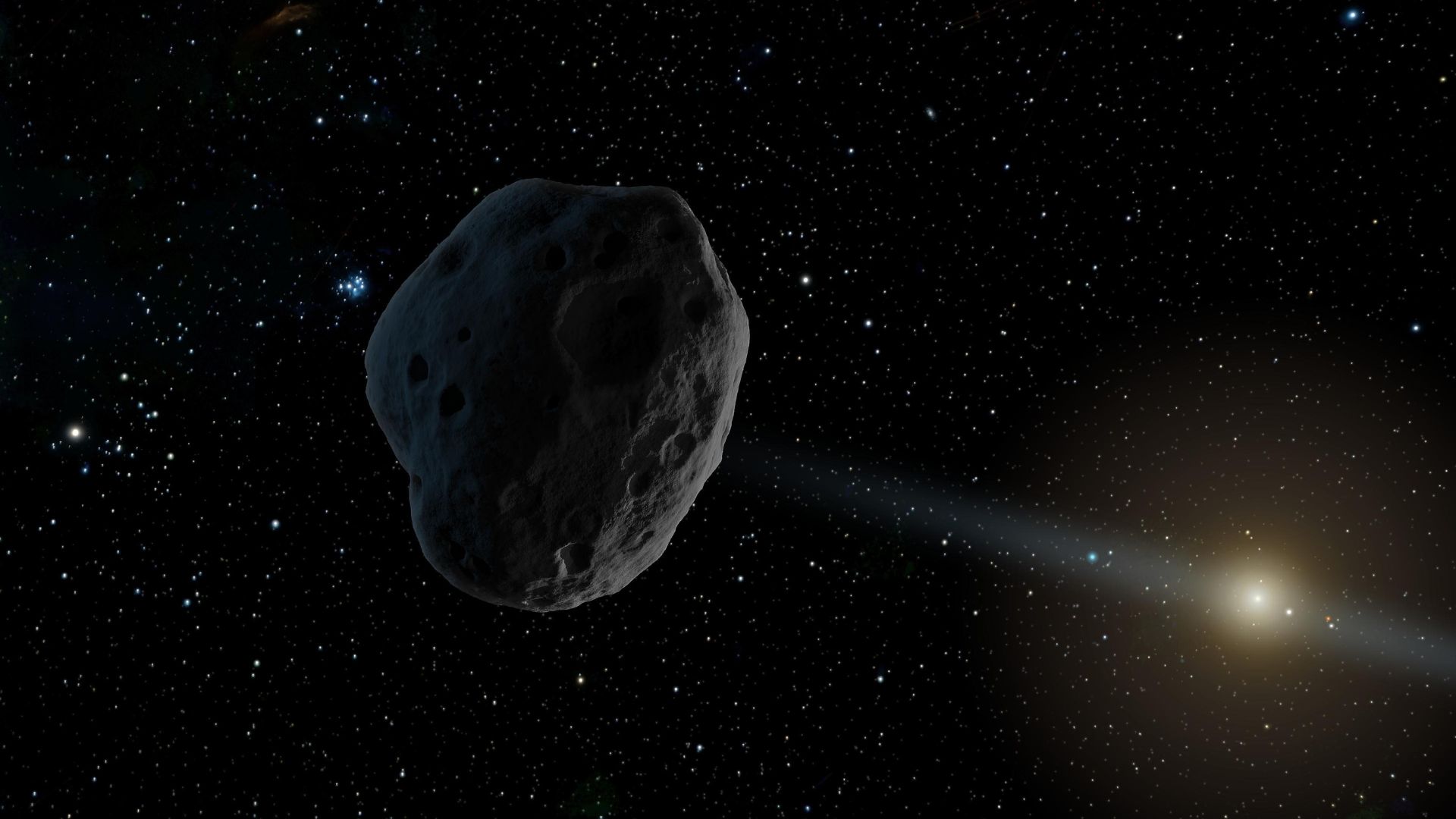
Though these asteroids were quite far away, they were still within NASA’s radar imaging systems’ range.
To successfully take photos of these rocks, NASA used its large radar telescope to transmit radio waves into space. They then receive a return signal, which further allows scientists to create and construct these images of the asteroids.
Different Telescopes
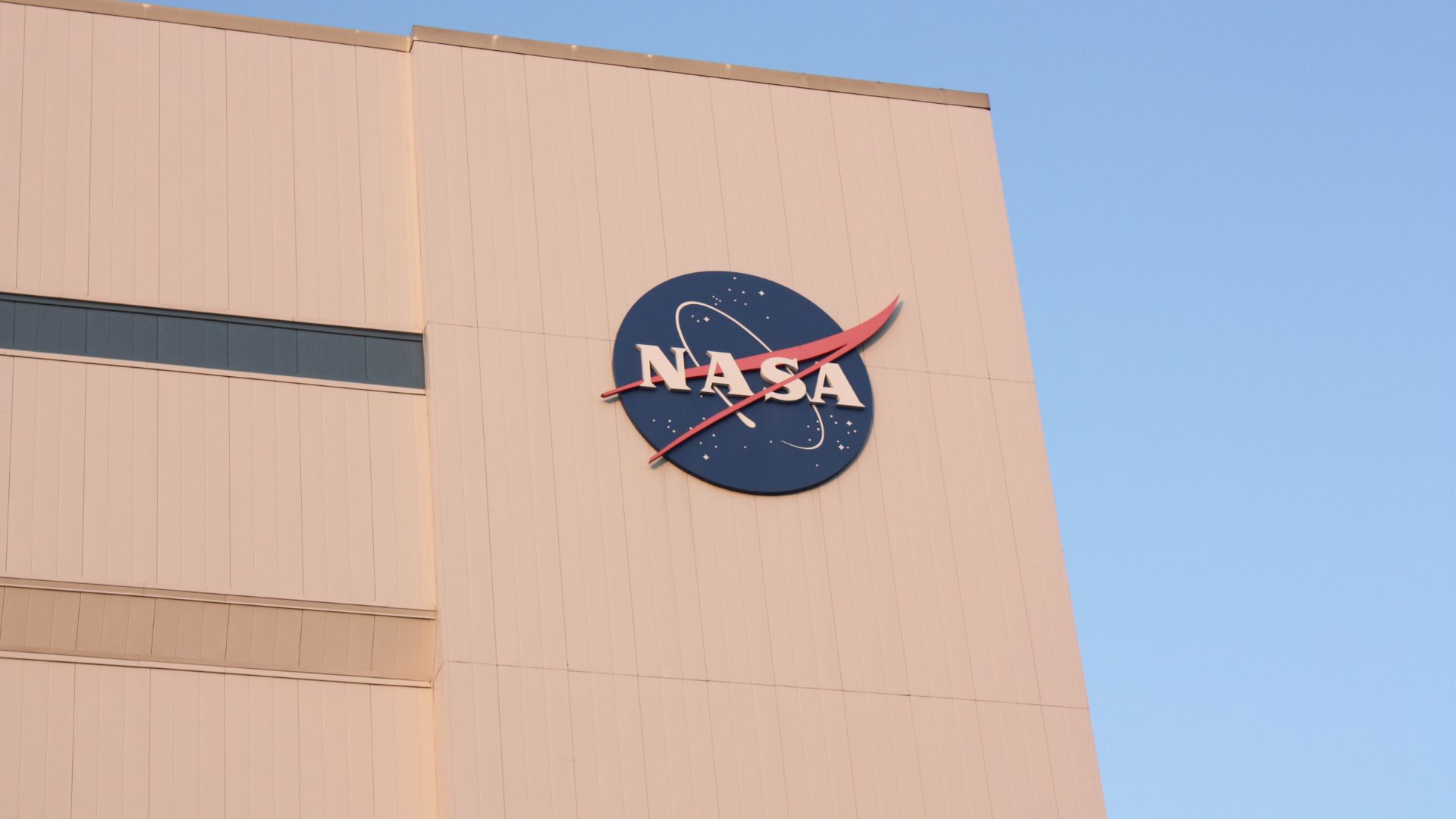
NASA’s imaging system allowed it to use two different telescopes — one to transmit these necessary radio waves, and then another one to receive the return signals.
These differing telescopes have allowed scientists to really analyze the asteroids, particularly 2024 MK, which was closer.
Analyzing 2024 MK
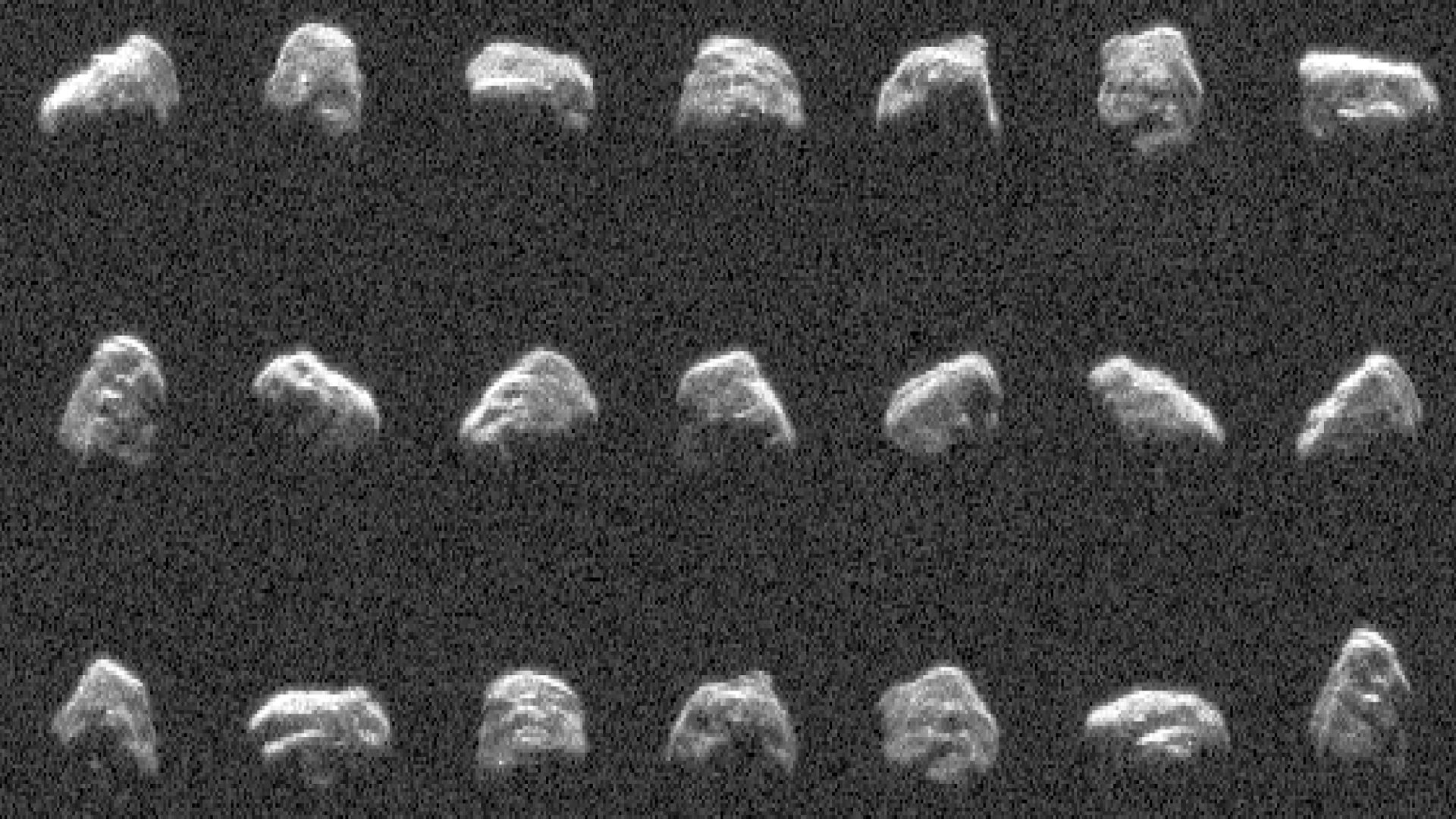
Because 2024 MK was much closer than its predecessor, NASA was really able to construct the shape of the asteroid through its imaging processes.
This also allowed scientists to create images that show all of the many ridges, bumps, boulders, and surface features of this interesting space rock.
A Tumbling Rock
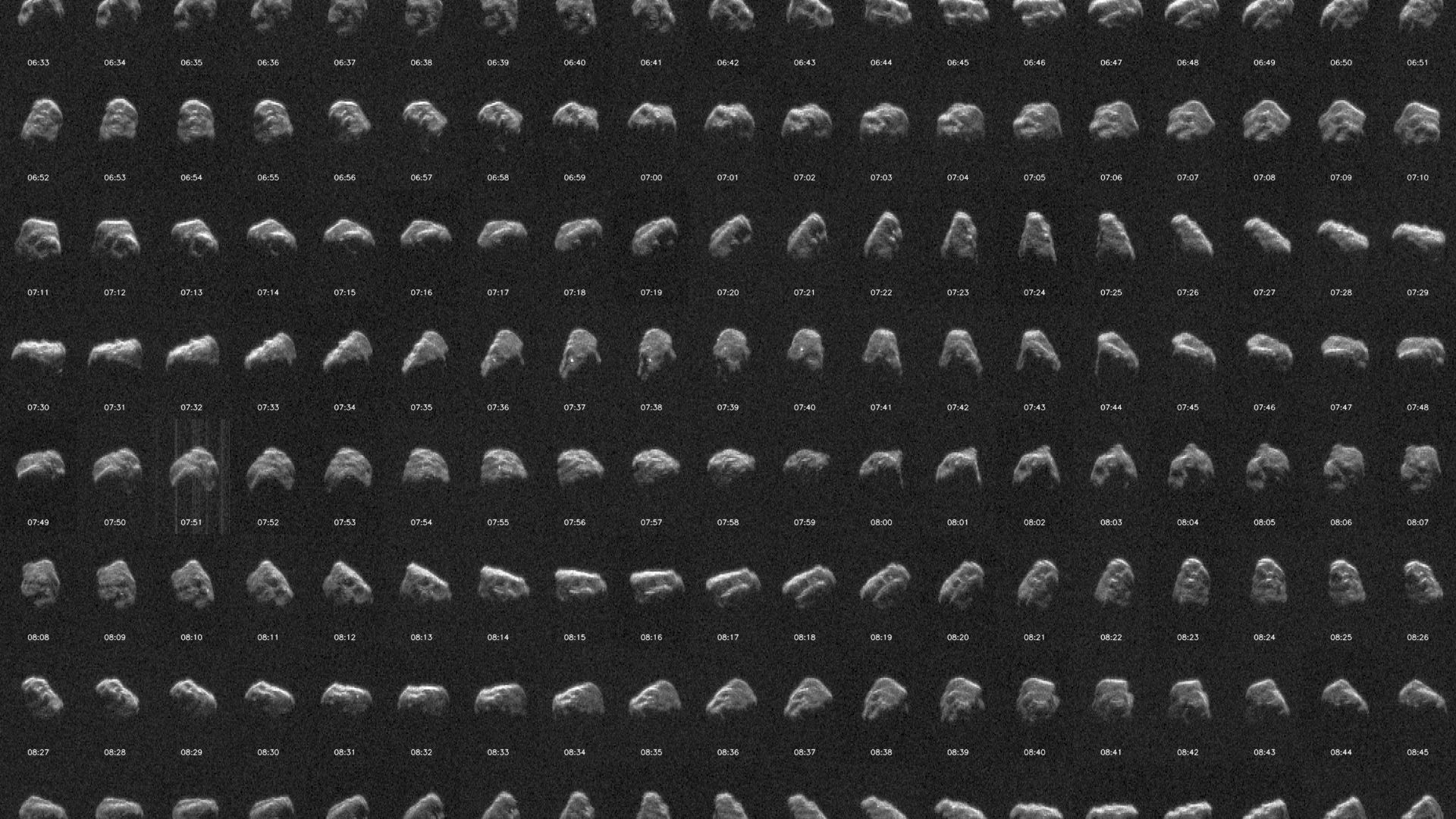
Thanks to these images, researchers have been able to learn much more about 2024 MK, an asteroid that was only discovered this year on June 16, only a few weeks before it passed by the planet.
According to these images, this asteroid is about 500 feet across and has many flat planes that give it an elongated shape. It also tumbles through space as it moves.
2024 MK’s Future

These images have also further allowed scientists to anticipate 2024 MK’s future orbit — and whether or not it will come any closer to Earth in the foreseeable future.
Luckily, scientists have claimed that they now know that this asteroid won’t come anywhere close to the planet.
2011 UL21’s Images
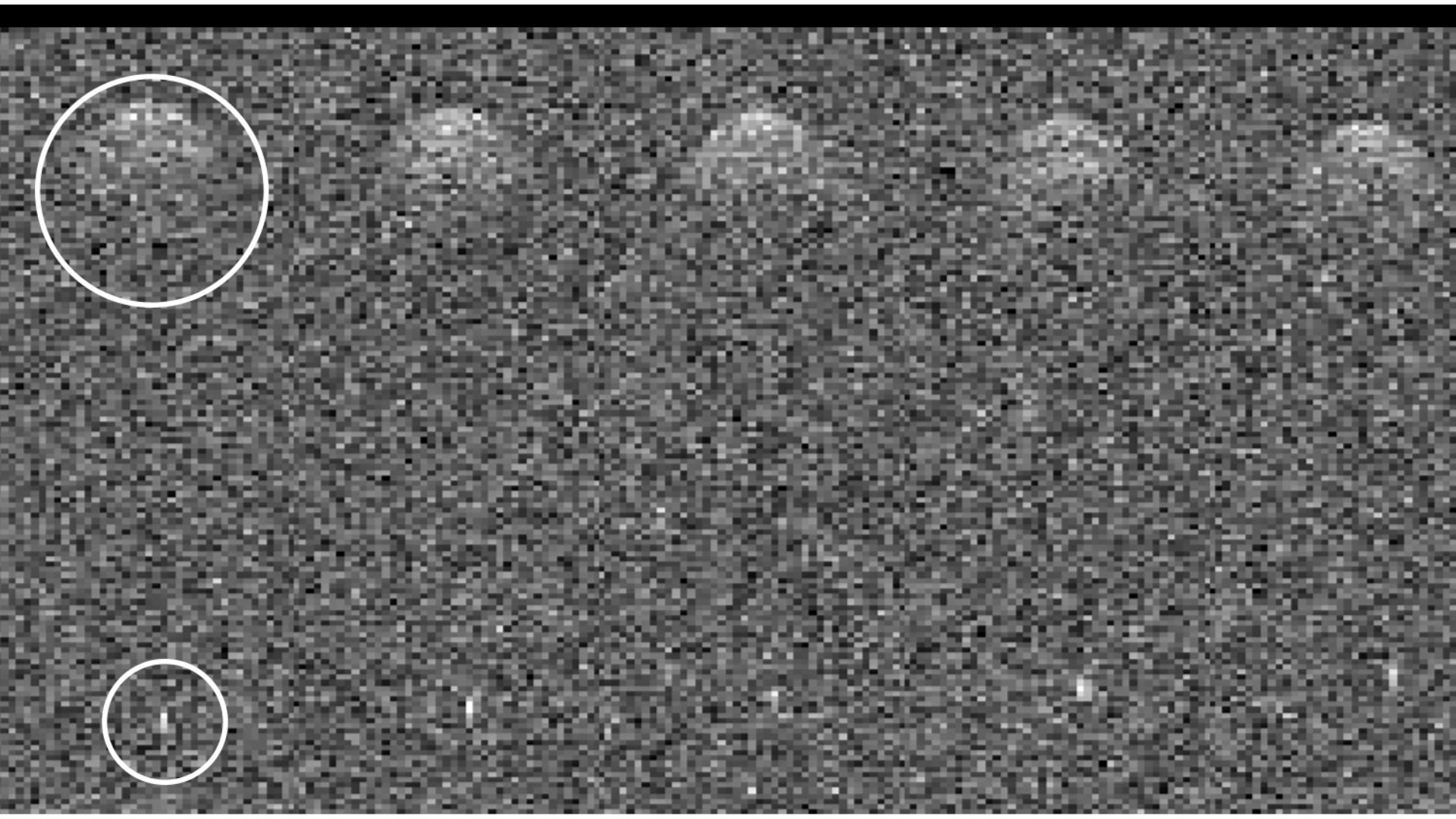
As 2011 UL21 was much farther away than 2024 MK, the images that NASA put together aren’t as well defined.
However, these photos have shocked scientists, as they’ve been able to learn a lot more about this very large asteroid — and learn something about 2011 UL21 they didn’t know before.
2011 UL21 Has a Moonlet
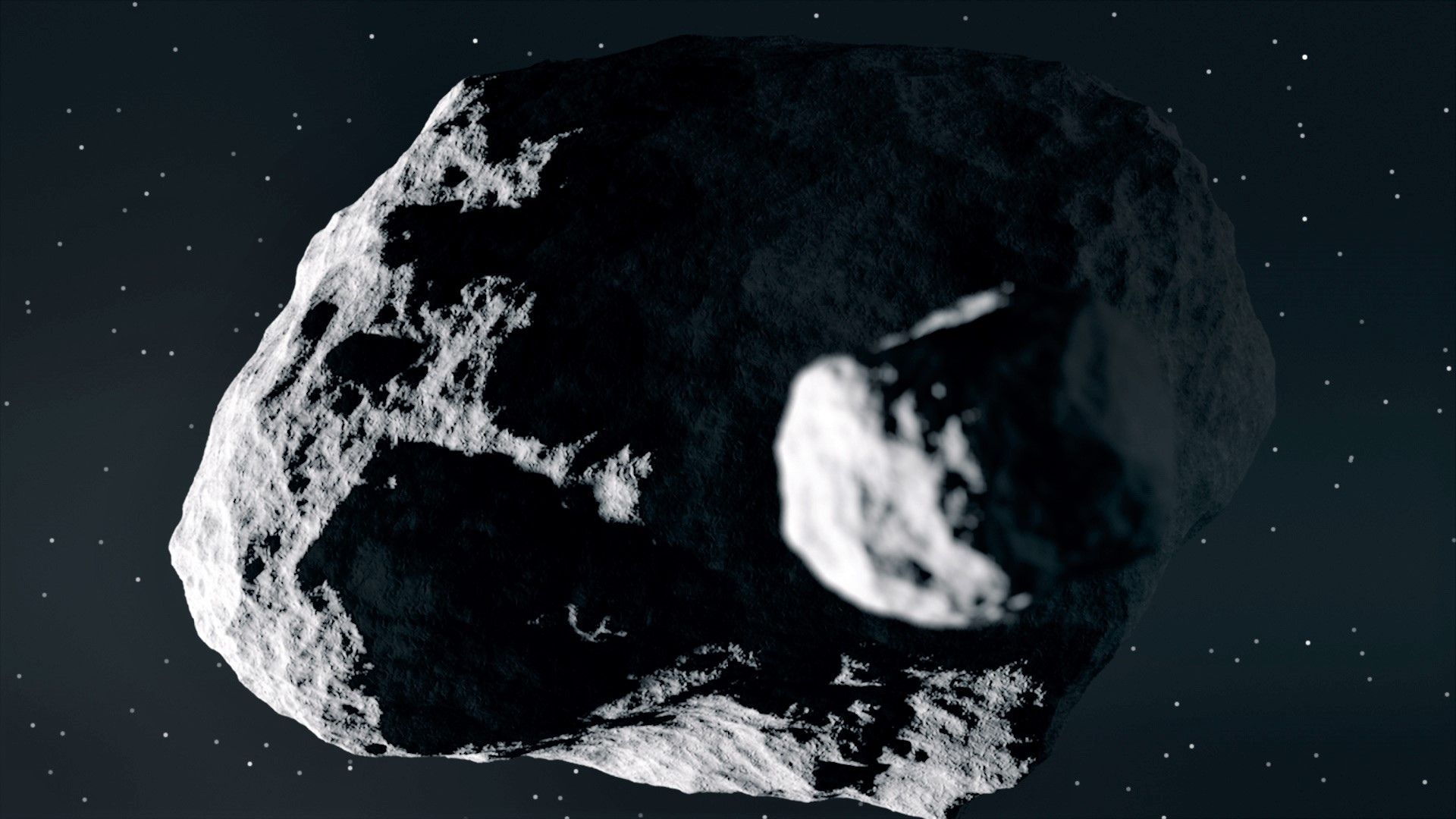
After analyzing these photos, NASA was able to come to the surprising conclusion that this asteroid has a tiny moonlet at an orbital distance of about 3 kilometers. This little moon orbits with the 1.5-kilometer-wide space rock.
Researchers have increasingly been discovering that larger asteroids have little moons that travel in space with them. Just last year, it was found that the asteroid Dinkinesh also had a moon.
Studying These Images
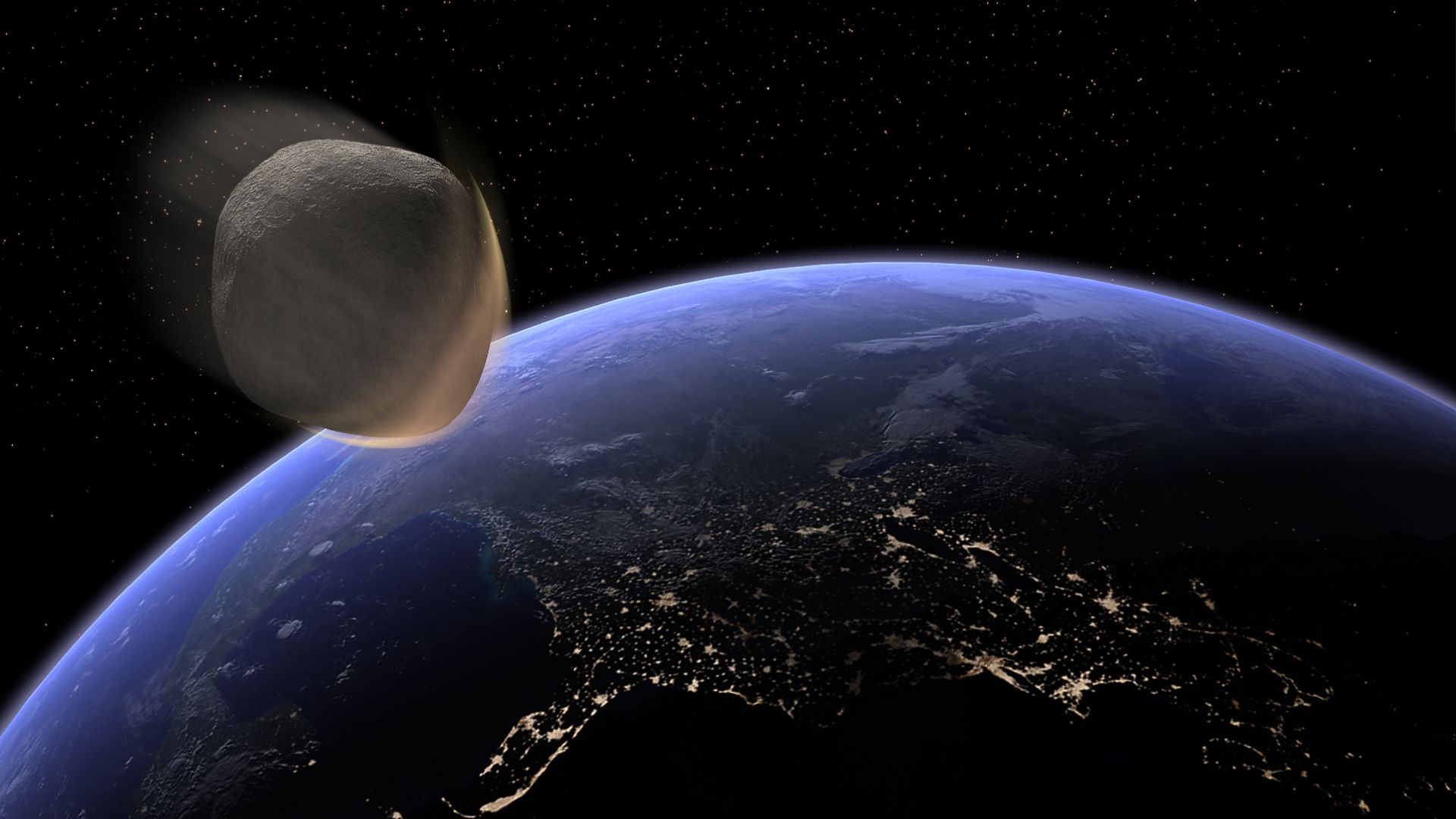
NASA scientists will further study these images to learn more about NEOs and future asteroids we may see zoom past Earth.
Researchers have also claimed that these images can help scientists create strategies to understand how asteroids in the future may even threaten Earth — and how we can protect our planet from them.
